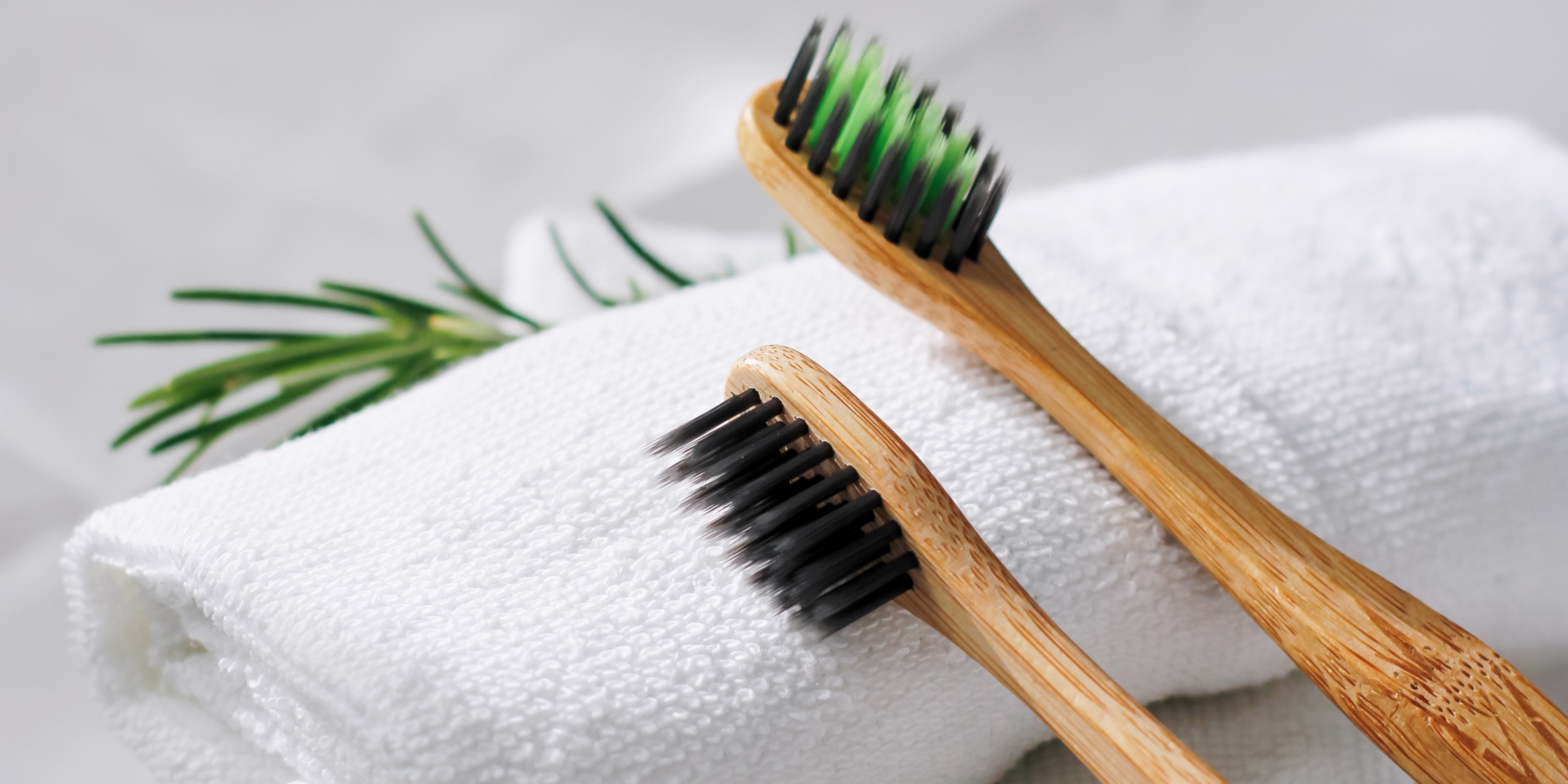Toothbrushes are an essential part of our daily oral hygiene routine. The effectiveness of a toothbrush in cleaning teeth and gums is critical for maintaining dental health.
One of the common indicators that prompt people to change their toothbrush is the fading of its color. This article explores whether the discoloration or fading of a toothbrush's bristles is a reliable sign that it's time for a replacement.
Understanding Toothbrush Wear and Tear
The primary function of a toothbrush is to remove plaque and food particles from teeth. Over time, the bristles of a toothbrush can become worn and frayed. This wear and tear can significantly reduce the effectiveness of the toothbrush in cleaning teeth. However, the physical change in bristles isn't always immediately noticeable, leading to the question: Can the fading color of the bristles serve as a more apparent indicator?
The Role of Bristle Color
Toothbrush manufacturers often incorporate colored bristles into their designs. These colored bristles are not just for aesthetic appeal; they can also serve a functional purpose. Some toothbrushes are designed with "indicator bristles" that fade in color to signal when the brush is due for replacement. This feature is intended to help users maintain optimal dental care by timely replacing their toothbrushes.
Factors Affecting Bristle Color Fading
The fading of bristle color can be influenced by several factors. These include the type of toothpaste used, the temperature of the water, and the brushing technique. Harsher toothpaste abrasives and higher water temperatures can accelerate the color fading process. Therefore, while color fading might indicate wear, it's not always a reliable measure of a toothbrush's effectiveness.
Evaluating Toothbrush Effectiveness
Aside from color changes, there are other indicators of a toothbrush’s effectiveness. Bristles that are frayed, bent, or splayed out are clear signs that the toothbrush is no longer performing optimally. Additionally, the stiffness of the bristles plays a crucial role. Over time, bristles soften and lose their rigidity, which is crucial for effective plaque removal.
Conclusion
While the fading color of toothbrush bristles can be an indicator of wear, it should not be the sole criterion for deciding when to replace a toothbrush. Other factors, such as bristle condition and stiffness, are more reliable indicators. The American Dental Association (ADA) recommends replacing toothbrushes approximately every three to four months. However, individuals with more aggressive brushing habits may need to replace their toothbrushes more frequently. Hence, while "how often to change toothbrush" is a common question, the answer depends on the individual's usage and the physical state of the toothbrush, rather than just the fading color of its bristles.


